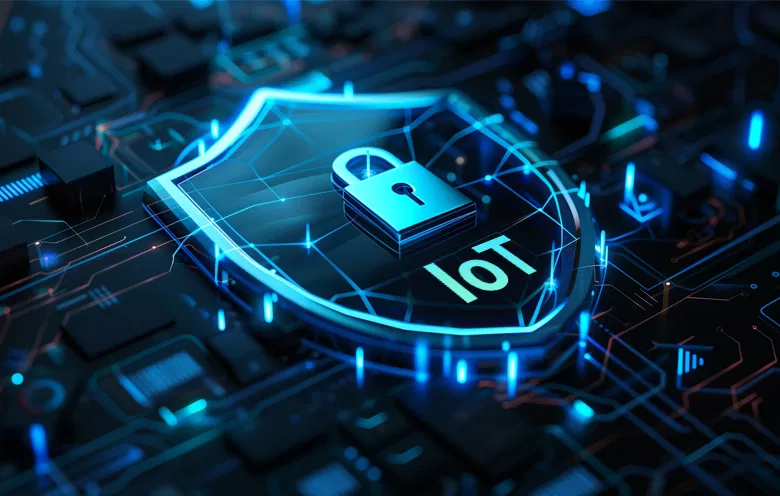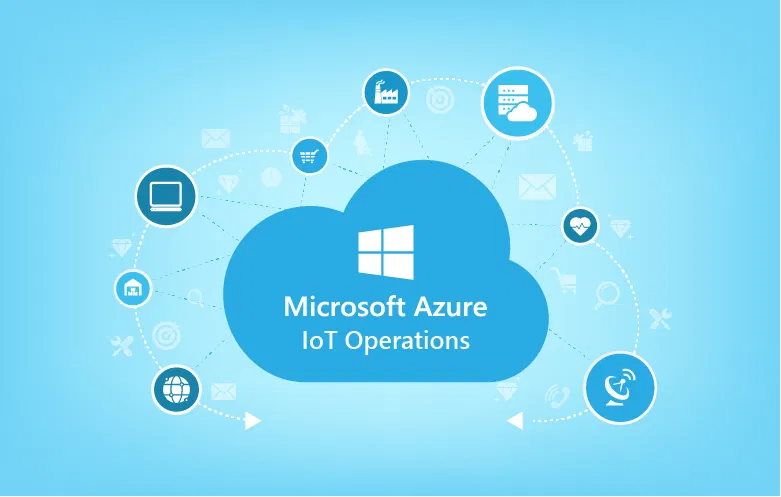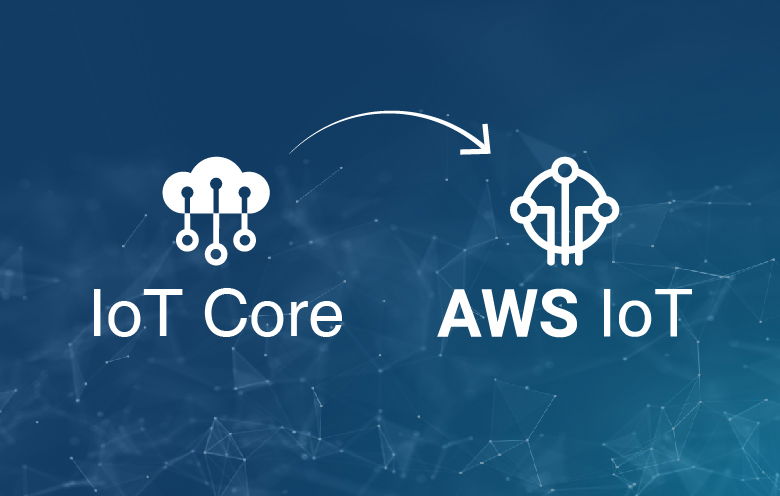The Internet of Things (IoT) is revolutionizing the oil and gas (O&G) industry at a very high rate by connecting assets, people, products and services and streamlining the flow of data. It enables real-time decision making, increases asset performance, improves process and product quality and unlocks new opportunities.
As per an article published on Houston Chronicle, IoT experts predict that IoT-driven solutions can abolish unplanned well outages and boost crude oil output by as much as 10% in a couple of years. They also predict that the incorporation of IoT solutions will increase profits by nearly $1billion for huge O&G companies.
You need to identify the challenges pertaining to the O&G industry operations. Also, examine the entire process to detect the areas that need extra support to function efficiently. By doing so, you can implement IoT solutions effectively. This way IoT solutions for oil & gas industry can save time, money and enhance manpower safety.
Many leading O&G companies have already invested heavily in IoT for below-mentioned reasons:
- Increases asset uptime
- Provides predictive maintenance
- Minimizes compliance cost
- Improves return on innovation
The Internet of Things offers a potential economic impact of $4 trillion to $11 trillion a year in 2025.
-McKinsey
Let’s talk about how IoT is delivering value for upstream, midstream and downstream O&G companies.
UPSTREAM
IoT provides preventative maintenance for remote equipment
Generally, a large oil and gas company monitors more than 50,000 wells along with numerous complex and valuable equipment at each well. The equipment were previously monitored through the conventional practice of in-field inspection which left higher chances of equipment malfunction and an increase in repair costs. Because of the scale and complexity of these equipment, even a slight technological defect can reduce efficiency of equipment and lead to huge financial losses. Thus, it is imperative to monitor all wells and equipment regularly and efficiently.
IoT is serving as a medium for businesses to safeguard their in-field assets. Especially, inspection of extraction practices can help you understand how IoT technologies stand to transform maintenance of equipment. Also, you can now easily monitor, track maintenance schedules and prevent malfunctions of a remotely located equipment by integrating an IoT device with the equipment.
The incorporated IoT device also sends immediate alerts for you to take proactive actions, prevent asset damage and minimize downtime losses in the case an anomaly is detected.
Midstream
IoT provides environmental monitoring and regulatory compliance
IoT solutions enable O&G operators to monitor environmental conditions effectively and guarantee compliance with regulations on emissions and waste. Real-time monitoring minimizes response time and associated costs. Such responsiveness helps in avoiding non-compliance thereby reducing penalties.
This is extremely important because in the event of leaks and emissions, penalties are almost equal to the material released which doubles the loss for the company. Moreover, IoT devices enable O&G companies to counter leaks proactively and put constrain on such penalties.
Downstream
IoT enables suppliers with real-time supply chain data
Oil and gas companies sell highly commodified products. This is the reason why they face critical business challenges. The companies in the O&G industry have to focus more on financial stability due to regular fluctuations in prices of oil and gas. And hence they can’t invest more in R&D technology and processes. Implementation of IoT solutions helps these companies to improve operational efficiency and minimize costs by connecting internal infrastructure regardless of these challenges.
It was reported that nearly 6 million people in the United States of America were using home heating oil (HHO) to heat their homes in 2017. This oil is stored in massive oil tanks and is regularly refilled by licensed oil distributing companies. But such traditional processes of monitoring oil levels, ordering and refilling were inefficient and inconvenient for the consumers.
Hence, by using smart sensors, house owners as well as delivery companies can receive notifications when fuel level goes down. These sensors save time and money for both parties and provide real-time data enabling them to improve their relationship with oil distributors. Using such IoT-enabled solutions creates a win-win situation for customers and suppliers.
Conclusion
Without a shadow of doubt, IoT adoption increases overall operational efficiency and business growth in the oil and gas industry. The benefit of IoT-enabled O&G applications lies in generating value via an integrated deployment plan. With the implementation of IoT in oil and gas, companies in this domain can digitize, optimize and automate their processes. Apart from that, the asset tracking solutions and predictive maintenance can provide the O&G industry with a competitive edge in the global marketplace. To know more about how IoT solutions can help you manage needs and enhance business growth, talk to our IoT experts.



